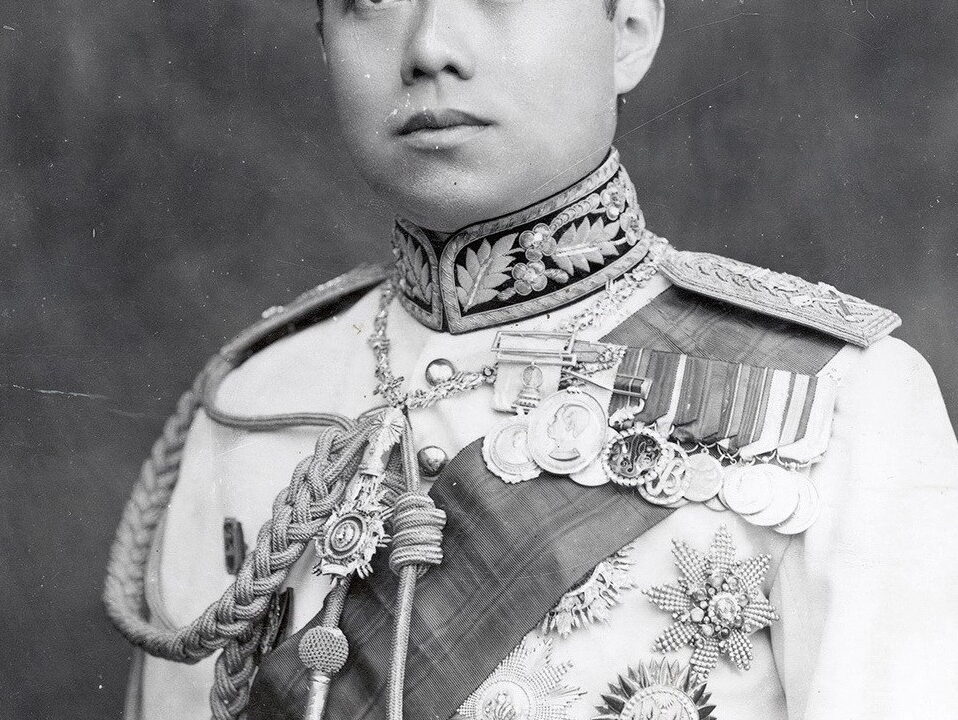
Hua Hin began as a fishing village. Its name, meaning “Stone Head,” refers to the rocky outcrop on the beach that remains a landmark today. For centuries, the area was quiet, with fishing and farming as the main livelihoods.
The transformation came in the early 20th century when the Thai royal family discovered its charm as a seaside retreat. During the reign of King Rama VI, Hua Hin became known as a peaceful getaway from Bangkok. King Rama VII strengthened the royal connection by commissioning Klai Kangwon Palace in 1928. Meaning “Far From Worries,” this palace became a beloved royal residence.
The arrival of the Southern Railway Line in the 1920s and the construction of Hua Hin Railway Station spurred growth. The station, with its distinctive Royal Waiting Room, remains a symbol of the town’s royal heritage.
Throughout the 20th century Hua Hin grew steadily. It became closely associated with King Rama IX, who spent extended periods at Klai Kangwon Palace.
Today, Hua Hin’s royal legacy continues to define its character, giving it an atmosphere of elegance, history, and cultural pride.
